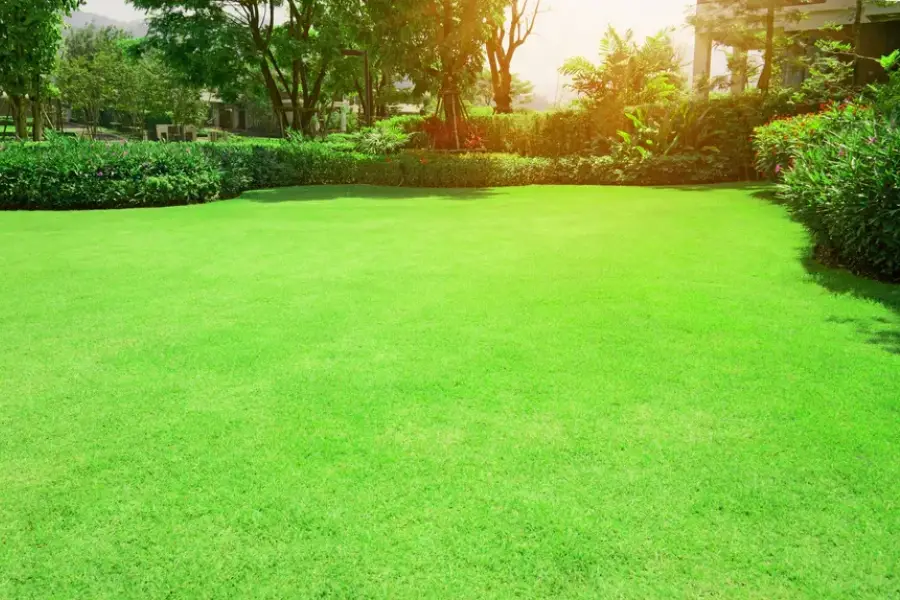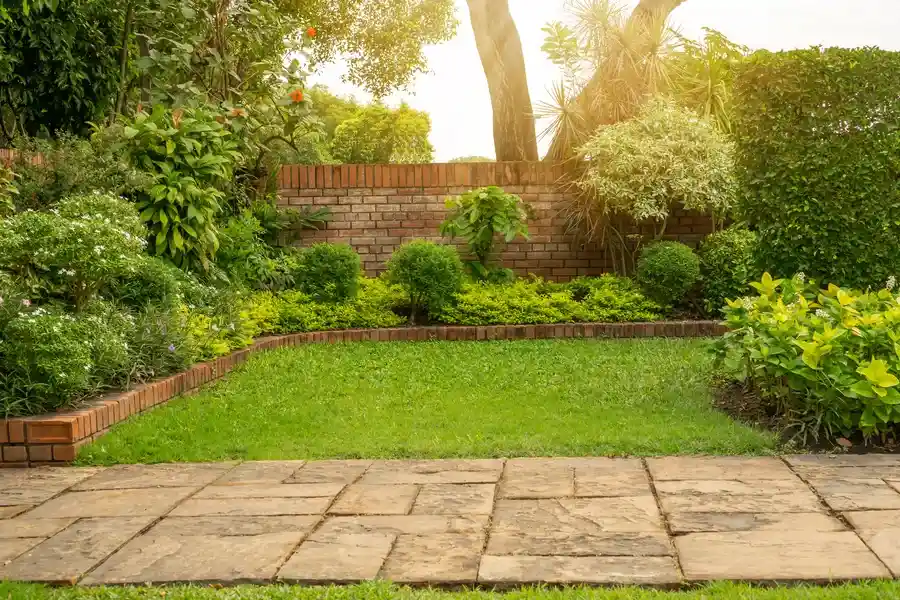How to Select Plants That Require Minimal Care and Effort
Creating a beautiful garden doesn’t have to mean spending endless hours on upkeep. Choosing the right plants can make all the difference. This approach not only saves time but also ensures your garden looks vibrant with minimal effort. By selecting appropriate plants, you can enjoy greenery without the constant need for attention. Let’s explore various ways to achieve a low-maintenance landscape through smart plant choices.

Benefits of a Low-Maintenance Garden
A low-maintenance garden offers numerous advantages. It reduces the time you spend on upkeep while still providing a lush outdoor space. You can save money on resources like water and fertilizers. These gardens are often more sustainable because they require fewer inputs. Plus, they provide habitat for local wildlife, increasing biodiversity in your area.
Challenges in Maintaining a High-Maintenance Garden
High-maintenance gardens demand significant time and resources. Frequent watering, pruning, and pest control become routine tasks. This can be overwhelming for those with busy schedules. Additionally, these gardens may contribute to higher water bills and increased use of chemical fertilizers. Addressing these challenges starts with understanding the importance of plant selection.
Key Factors in Plant Selection
When choosing plants for a low-maintenance landscape, consider their adaptability to local conditions. Native species are often more resilient as they are adapted to the local climate and soil types. It’s important to think about the amount of sunlight your garden receives and choose plants accordingly. Some thrive in shade, while others need full sun. Matching plants to the available light helps them grow better with less intervention.
Best Practices for Low Upkeep Gardens
- Select drought-tolerant plants that can survive with minimal watering.
- Incorporate perennials which come back year after year without replanting.
- Choose disease-resistant varieties to lessen the need for chemical treatments.
- Use mulch to retain soil moisture and reduce weed growth.
- Group plants with similar needs together for efficient care.
Common Pitfalls in Landscape Maintenance
Poor plant choice is a frequent issue in landscape maintenance, leading to excessive work. Overwatering is another common mistake, harming both your plants and the environment. Ignoring soil health can also result in problems; healthy soil supports robust plant growth with less effort. Avoid these pitfalls by planning carefully and choosing wisely.
Sustainable Plant Choices
Sustainability in gardening involves using eco-friendly practices and materials. Opt for native plants that naturally fit into your local ecosystem. This choice minimizes water usage and enhances local biodiversity. Companion planting is another sustainable practice, where certain plants support each other’s growth, reducing the need for artificial interventions.
Final Steps for an Easy-Care Garden
To create a garden that’s easy to maintain, start by assessing your space and identifying existing conditions like sunlight and drainage. Next, research which plants are best suited to these conditions. Finally, arrange your plantings thoughtfully to maximize aesthetic appeal while minimizing care needs.

Reach Out for More Information
If you’re ready to transform your outdoor space into a low-maintenance haven, contact The Right Construction and Landscaping today at (781) 632-1348. We specialize in designing landscapes tailored to your unique environment. Based in Lynn, MA, our team offers expert guidance to ensure your garden thrives with minimal effort on your part.
